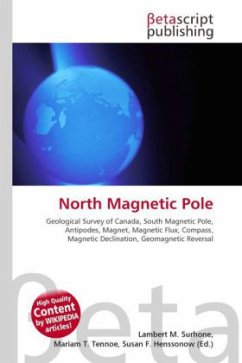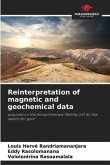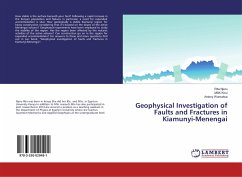Please note that the content of this book primarily consists of articles available from Wikipedia or other free sources online. The Earth''s North Magnetic Pole is the point on the Earth''s surface at which the Earth''s magnetic field points vertically downwards (i.e., the "dip" is 90°). This point moves gradually with time. As described later in this article, the North Magnetic Pole is physically a magnetic field south pole. The North Magnetic Pole should not be confused with the lesser known North Geomagnetic Pole, described later in this article. In 2001, the North Magnetic Pole was determined by the Geological Survey of Canada to lie near Ellesmere Island in northern Canada at 81°18 N 110°48 W / 81.3°N 110.8°W / 81.3; -110.8 (Magnetic North Pole 2001). It was estimated to be at 82°42 N 114°24 W / 82.7°N 114.4°W / 82.7; -114.4 (Magnetic North Pole 2005 est) in 2005. Its southern hemisphere counterpart is the South Magnetic Pole. Because the Earth''s magnetic field is not exactly symmetrical, the North and South Magnetic Poles are not antipodal: a line drawn from one to the other does not pass through the center of the Earth; it actually misses by about 530 km (329.3 mi).








